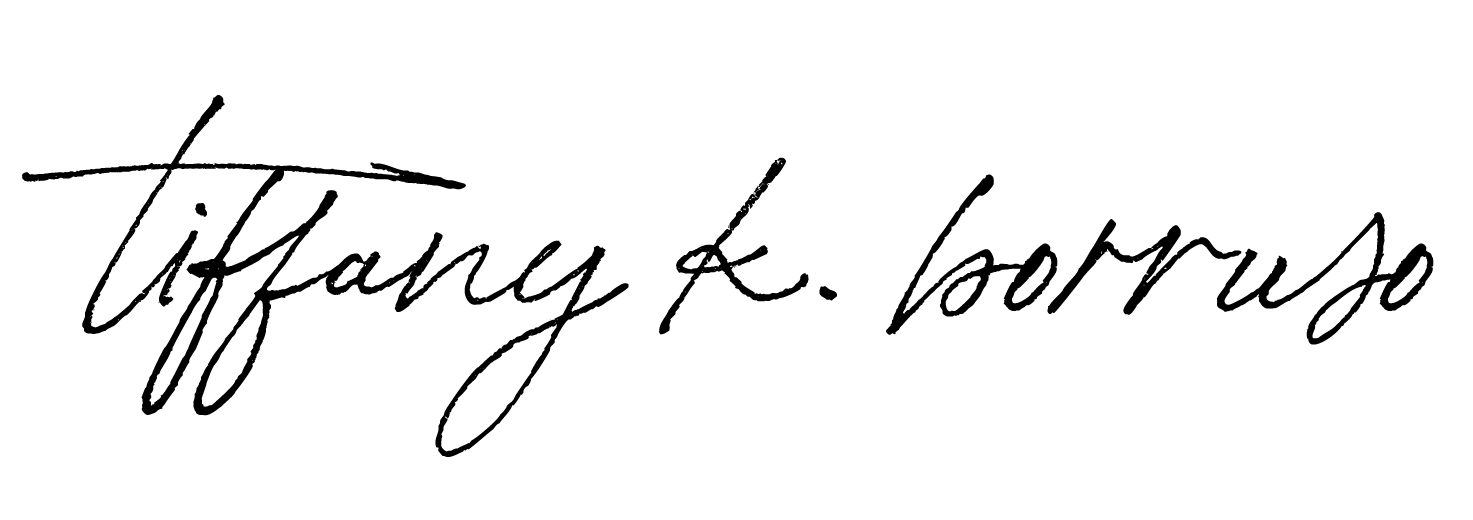Ever wished there was a way to turn your satisfied retreat attendees into your most powerful promoters? That’s where a Referral Program steps in, turning your attendees’ enthusiasm into tangible results. In this article, we’ll delve into the world of referral marketing, offering you a simple, jargon-free guide on how to set up a successful program for your Wellness Retreat. Ready to amplify your retreat’s reach? Let’s get started!
Why a Referral Program?

Before diving into the ‘how’, it’s essential to understand the ‘why’. Referral programs are not just a marketing buzzword; they’re a proven strategy with several benefits:
- Trust Factor: Recommendations from friends or family are more trusted than any advertisement.
- Cost-Effective: Lower marketing costs as your attendees do the promotion.
- Targeted Marketing: Reaching a like-minded audience who are more likely to be interested in your retreat.
For instance, imagine Sarah, who attended one of your retreats, shares her transformative experience with her close friend Jane. Jane, trusting Sarah’s word, is more likely to book a retreat with you than if she just saw an advertisement.
Setting Up Your Referral Program
- Define the Incentives: Decide what both the referrer and the referred will get. This could be a discount on their next booking, a free yoga session, or even a small gift.
- Make It Easy: The simpler the process, the more likely attendees will refer. Provide them with a unique referral code or a simple link to share.
- Promote Your Program: Ensure your attendees are aware of the program. Mention it at the end of the retreat, in follow-up emails, or on your website.
- Track and Analyse: Use simple tools to track how many referrals you’re getting and which incentives work best. This will help you refine and improve your program over time.
Making the Referral Process Easy

Why It’s Important:
The more straightforward you make the referral process, the more likely your attendees will take action.
How to Simplify the Process:
Unique Referral Codes:
- What: Special codes given to attendees to share.
- How:
Free tools – Use a basic spreadsheet to generate and track unique codes for each attendee. Google Sheets is a free tool that can help you manage this manually.
Paid tools – ReferralCandy or ReferralHero, that can help with this. - Example: Sarah gets a code ‘SARAH10’. She shares it with Jane. When Jane books using this code, both get benefits.
Simple Sharing Links:
- What: Direct links attendees can share.
- How: Use URL shorteners like Bitly to create custom links for each attendee. It’s free and allows you to track how many times the link was clicked.
- Example: Sarah gets a link like ‘bit.ly/retreat-sarah’. She shares it on her Facebook. Jane clicks and books.
Tracking and Analysing Referrals

Why It’s Important:
To ensure your referral program is effective, you need to track its performance.
How to Do It:
Use Free Referral Software:
- What: Tools designed to manage and track referral programs.
- How: Platforms like InviteReferrals offer a basic free plan that can help you set up and track your program. It provides insights into how many people used a referral code and which codes are the most popular.
Set Clear Metrics:
- What: Decide what you want to measure.
- How: Use Google Analytics, a free tool, to track how many people visit your site through referral links. You can set up goals to see how many of these visitors actually book.
Refine Based on Data:
- What: After tracking, use the insights to refine your program.
- How: If a specific incentive isn’t working, consider changing it. If a particular attendee’s referrals are successful, consider reaching out to thank them.
Tips for a Successful Referral Program
- Personalise the Experience: Address referrers by name in emails or messages, making them feel valued.
- Set Clear Terms: Clearly define how and when the referrer will receive their incentive.
- Celebrate Milestones: If someone brings in a certain number of referrals, celebrate that with a special reward.
- Ask for Feedback: Regularly check in with your referrers and ask for feedback. This can help you identify areas of improvement.
For example, if your Wellness Retreat focuses on holistic healing, you might offer a free aromatherapy session as an incentive. Or, if meditation is your USP, a complimentary guided meditation session could be a hit!
Integrating with Other Marketing Strategies

While referral programs are powerful, they work best when integrated with other marketing strategies. For instance, understanding the latest trends can help you tailor your program to be more appealing. Speaking of which, have you checked out the “10 Travel Trends For 2023 That Will Change How You Promote Your Retreats”? It offers valuable insights that can complement your referral strategy.
Conclusion
Establishing a Referral Program for your Wellness Retreat is not just about boosting bookings; it’s about building a community of loyal attendees who value and promote your offerings. By understanding the what, why, and for whom, and by integrating the program seamlessly into your broader marketing strategy, you’re setting the stage for sustained growth and success. So, why wait? Start building your referral program today and watch your wellness retreat flourish!
Happy promoting!

